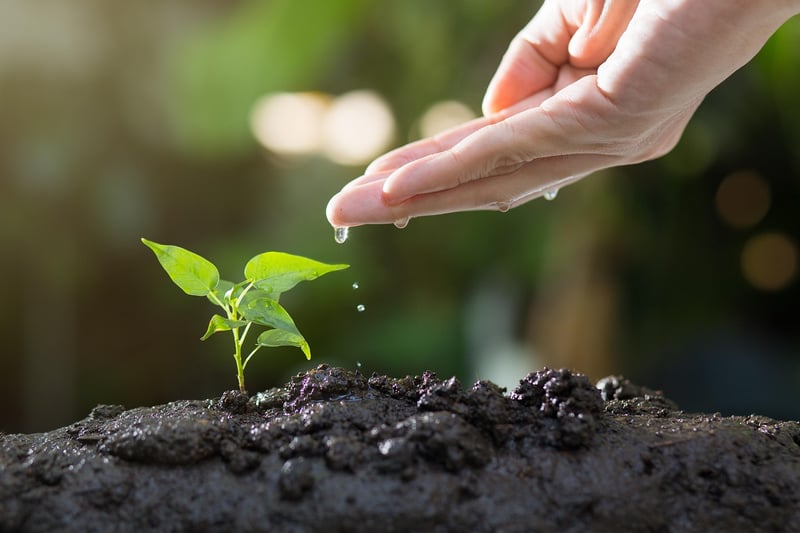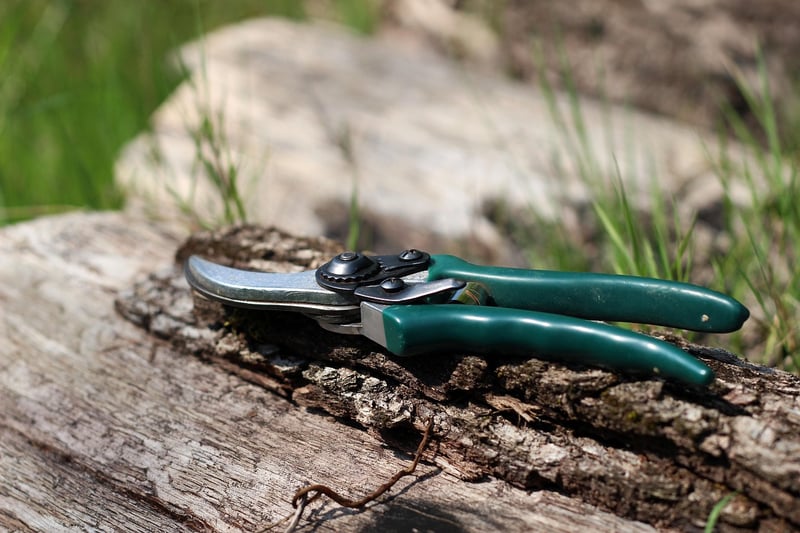Pruning Techniques
The Art of Nurturing Plants: A Guide to Pruning Techniques

Introduction
Plants are not just living organisms; they are companions that bring life and beauty to our surroundings. Whether you are a seasoned gardener or just starting, understanding how to nurture your plants is crucial to helping them thrive. One essential aspect of plant care is pruning, a technique that not only keeps your plants healthy but also enhances their growth and appearance.
Why Pruning is Important
Pruning is the process of selectively removing parts of a plant to encourage healthy growth. By removing dead or diseased branches, you allow the plant to focus its energy on new growth. Additionally, pruning helps shape the plant, improving its overall appearance and promoting better air circulation.
Basic Pruning Techniques
- Deadheading: Removing spent flowers encourages the plant to produce more blooms.
- Thinning: Removing excess branches allows for better light penetration and air circulation.
- Heading Back: Cutting back the tips of branches promotes bushier growth.
- Crown Pruning: Removing branches from the top of the plant helps maintain its shape and size.
Tips for Successful Pruning
- Use sharp, clean tools to make precise cuts and reduce the risk of disease.
- Prune during the plant's dormant season to minimize stress.
- Remove crossing or rubbing branches to prevent damage.
- Step back and assess the plant's overall shape before making cuts.
Conclusion
Mastering the art of nurturing plants through proper pruning techniques is a rewarding endeavor that will not only benefit your plants but also enhance your gardening skills. Remember, each plant may require different pruning approaches, so take the time to understand the specific needs of your green companions. Happy pruning!
